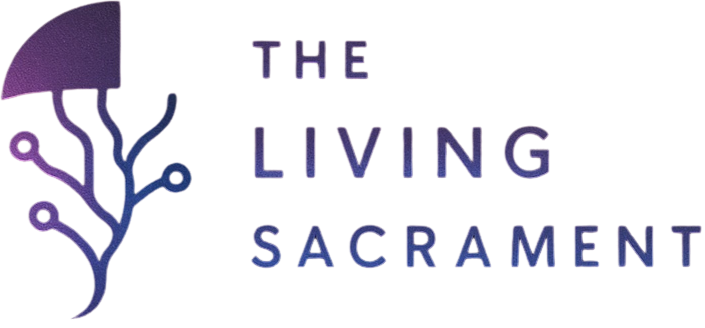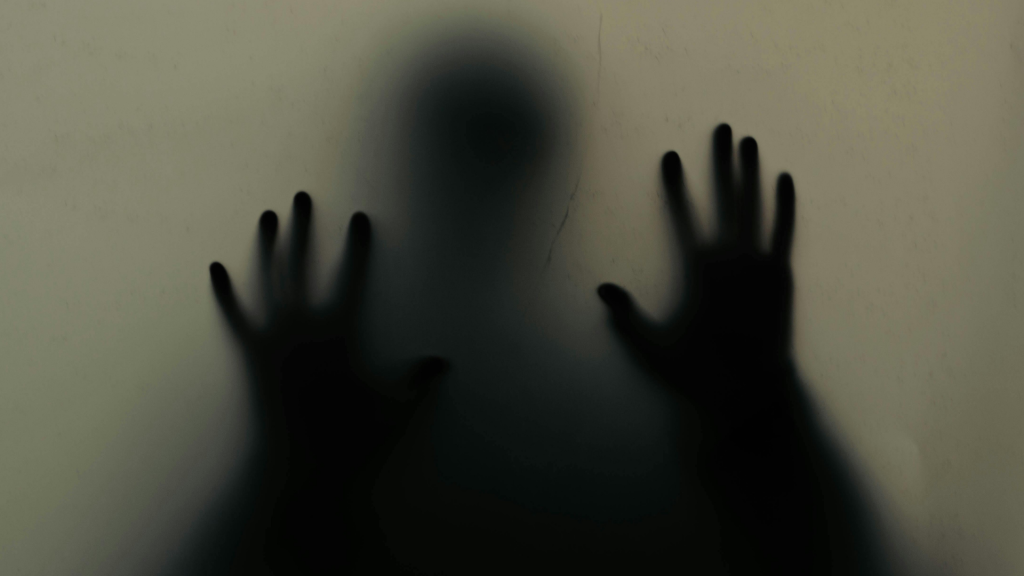Magic mushrooms are known for their mind‑opening effects, but not every journey is pleasant. Sometimes people experience what’s called a “bad trip” – a difficult or frightening psychedelic experience. It can involve anxiety, confusion, paranoia, or a sense of being trapped. In plain terms: it’s the mushroom version of being on the wrong rollercoaster and realizing the safety bar isn’t coming up for a while.
But how common are bad trips really, and what makes them more likely? A large survey run by Johns Hopkins University gives us some answers.
What the Hopkins Survey Found
Researchers collected nearly 2,000 detailed reports from people who had used psilocybin. The results showed that while most trips were meaningful or positive, a significant portion of users had challenging experiences:
- About 39% said it was one of the most difficult moments of their life.
- 11% put themselves or others at risk during the experience.
- 7% needed medical help afterward.
Yet, here’s the twist: many people also reported that even their bad trip eventually led to positive personal growth. Like a tough workout, it felt awful in the moment but left them stronger afterward.
What a Bad Trip Feels Like
Descriptions from the study highlight common themes:
- Anxiety and panic: feeling trapped or unable to escape.
- Paranoia: believing something terrible is about to happen.
- Confusion: losing track of time, identity, or place.
- Overwhelming visuals: colors and shapes that shift from fascinating to terrifying.
In other words, it’s less “peaceful nature walk” and more “lost in a funhouse with no exit signs.”
Why They Happen
Several factors can make a bad trip more likely:
- Dose: higher doses are more intense and can overwhelm.
- Set (mindset): starting a trip with stress or fear often shapes the experience.
- Setting: chaotic, loud, or unsafe places raise the chance of panic.
- Mixing substances: adding alcohol or other drugs can make effects unpredictable.
The Hopkins survey suggests that context matters just as much as chemistry.
What to Do in the Middle of One
Science can’t offer a magic off‑switch, but seasoned psychonauts and researchers give similar advice:
- Breathe and remind yourself it will end. Psilocybin effects usually fade within 6 hours.
- Change the environment. Move somewhere calm, quiet, and safe.
- Ground yourself. Simple acts like drinking water or listening to soft music can help.
- Have a sitter. A trusted sober friend can reassure and guide.
Think of it like turbulence on a flight: uncomfortable, even scary, but rarely dangerous if you stay buckled and wait it out.
Silver Linings
Interestingly, despite the struggles, 84% of participants said they benefited from the experience in the long run. Many reported greater appreciation for life, improved mood, or changed priorities. So while a bad trip from shrooms feels rough, it often plants seeds of insight that grow later.
Final Thoughts
A bad trip from shrooms is not uncommon, and the Hopkins survey shows it can be intense. But science also tells us that these experiences are rarely meaningless. With preparation, safe surroundings, and the right mindset, the chance of a frightening trip drops. And even if the journey gets rocky, many travelers still find the road led them somewhere valuable.
Sources
- Johns Hopkins University Hub. Study explores negative & positive consequences of ingesting “magic mushrooms”. 2017.

